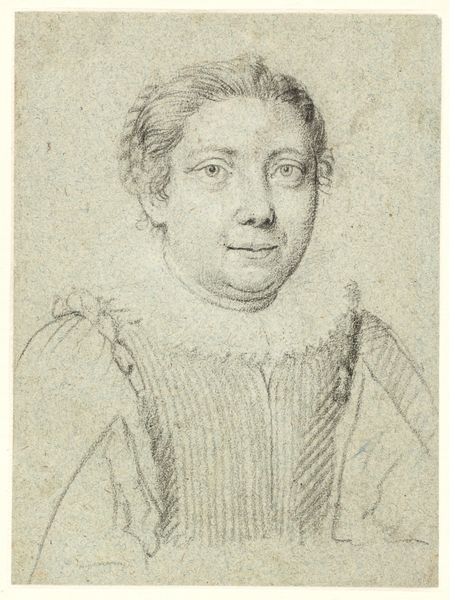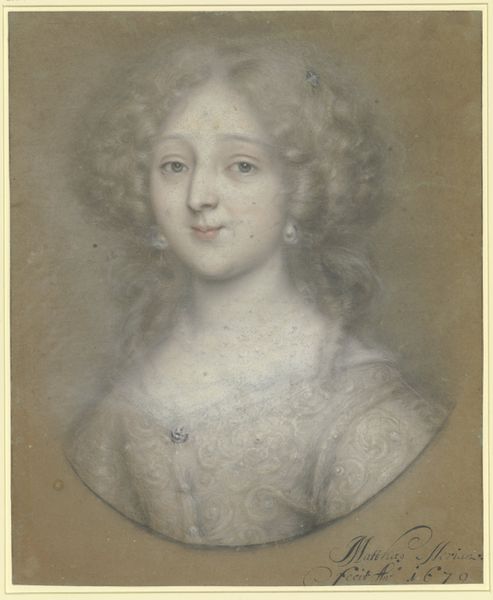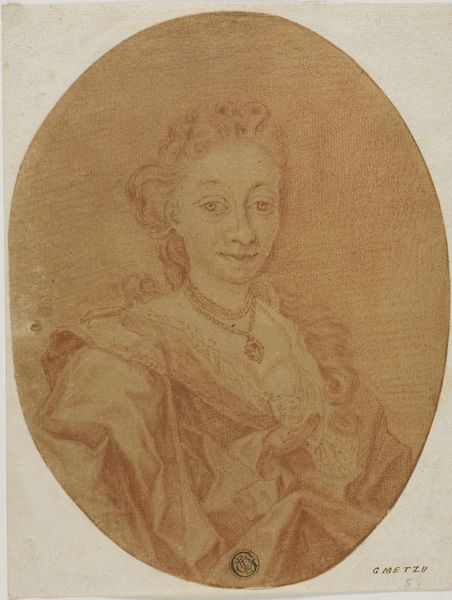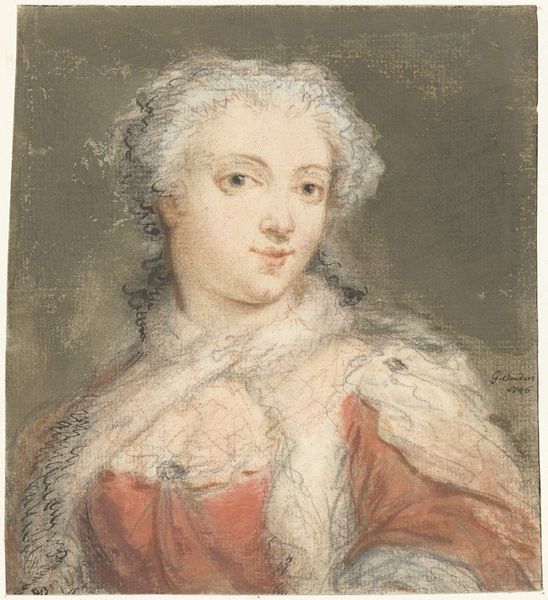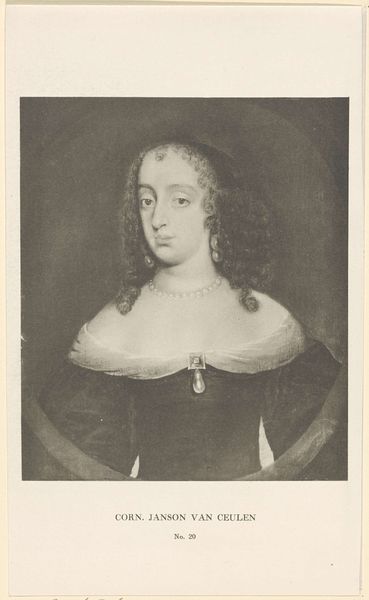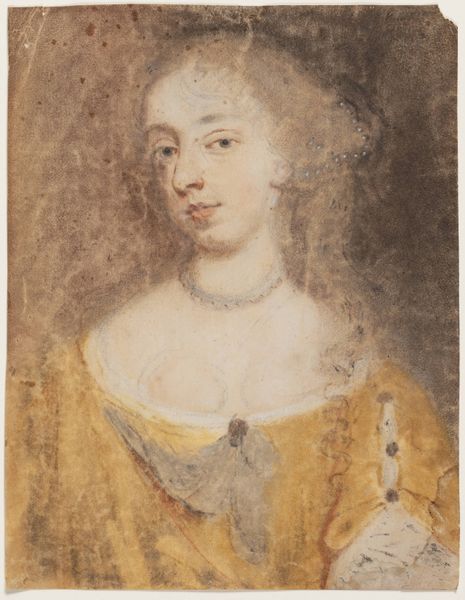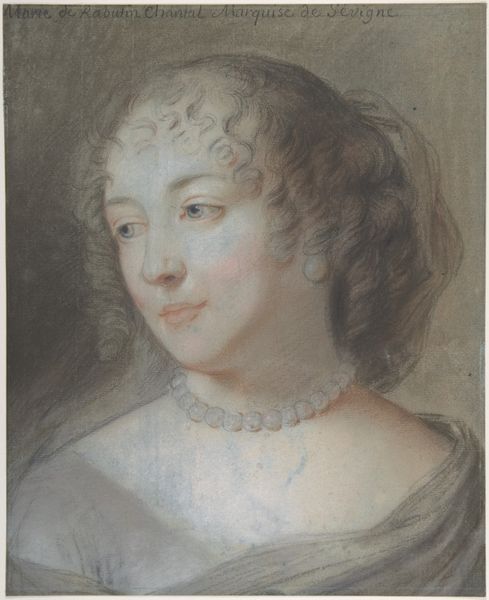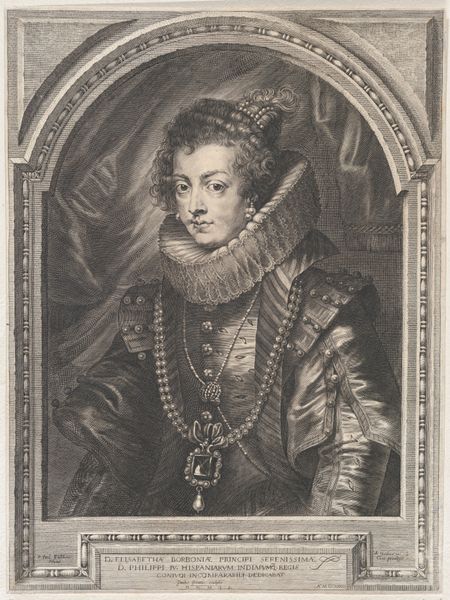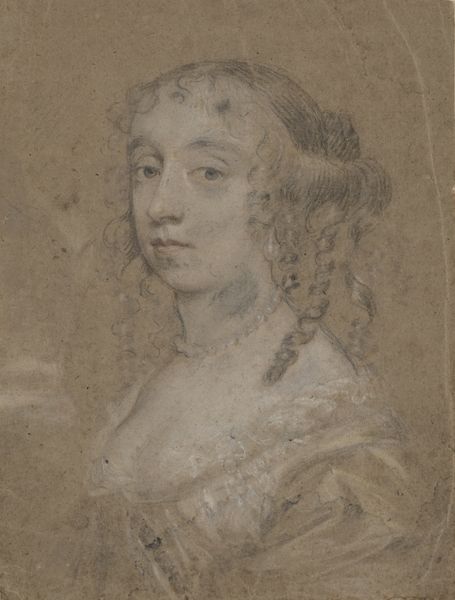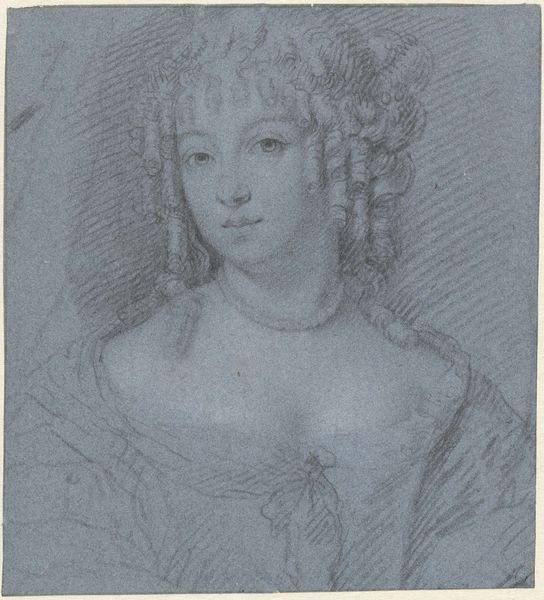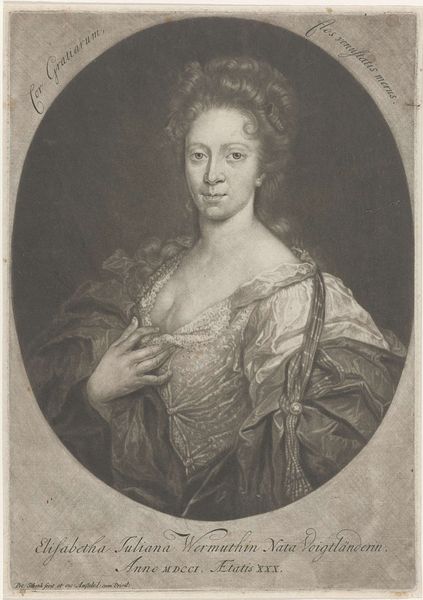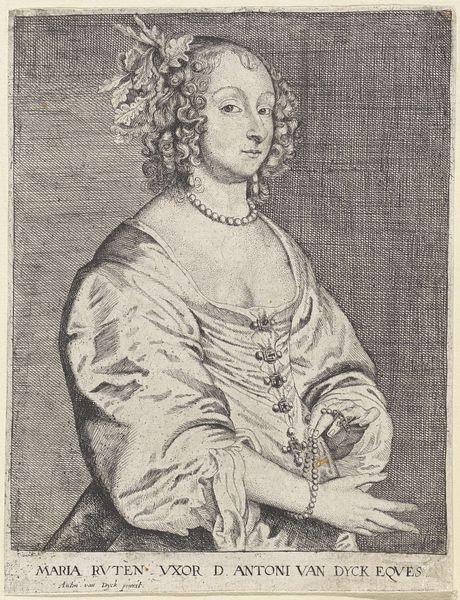
drawing
#
drawing
#
toned paper
#
charcoal drawing
#
possibly oil pastel
#
oil painting
#
coloured pencil
#
underpainting
#
pastel chalk drawing
#
painting painterly
#
watercolour illustration
#
watercolor
Dimensions: overall: 22.8 x 16 cm (9 x 6 5/16 in.)
Copyright: National Gallery of Art: CC0 1.0
Curator: Ottavio Leoni's "Portrait of a Lady," created in 1623, presents a delicate study in charcoal, perhaps with touches of pastel, on toned paper. Editor: There's something remarkably gentle about this image. It’s the softness of the lines, the pale washes of color...it gives an air of quiet contemplation, even melancholy. Curator: The technique itself contributes to that, I think. Charcoal, particularly when blended on toned paper like this, allows for a subtlety in the gradations of light and shadow. Notice how her gaze meets ours, but without demanding attention. What could the soft colors represent for her identity? Editor: It's interesting you point that out, especially because portraits of this era were such potent signifiers of status and power. Here, that’s notably downplayed. We're given the suggestion of refinement—the lace collar, the delicate necklace—but it's all rendered with a kind of…intimacy, almost like a quick, private study, not intended for wide dissemination. Is she innocent? Or being presented as innocent. It bears the words 'Innocenzia alias Cencia'. What do you think of it? Curator: Absolutely. That very inscription opens up layers. Consider how 'Innocenzia' evokes ideas of purity and virtue so critical for women of the era. Yet the 'alias Cencia' hints at a more complex identity. Were there other names or roles she inhabited? How was that portrait received back then? This contrast surely held a particular resonance for audiences steeped in the socio-political landscape of 17th-century Rome, I suspect. Editor: It does pose questions about female representation in art and society then, doesn't it? Were these strategic ways that the representation had to happen to preserve female virtue, and for whom? It subtly challenges the expected grandiosity, revealing a much more nuanced personality underneath all that's not revealed. Curator: Exactly. By inviting curiosity rather than dictating interpretation, the artwork acts as a time capsule of cultural ideals. It reminds us that our perception is invariably shaped by the historical lenses through which we view art. Editor: And what seemed, at first glance, like a study in quietude has ignited some burning questions, as portraits often do.
Comments
No comments
Be the first to comment and join the conversation on the ultimate creative platform.


